Sarasbaug Garden is an important tourist attraction in Pune. Ganapati was worshiped by Peshwa in this garden at the foothills of the Parvati(पर्वती पायथा).
During the reign of the wealthy Nanasaheb Peshwa, the construction of an artificial lake at the foothills of the Parvati the border of Ambil stream started in 1750. Work on the lake lasted from 1750 to 1753. The area of the lake was about 25 acres. The lake was used for boating. Storks were released into the lake. During the excavation of the lake, an island of about 25,000 square feet was created in the lake and reserved for the temple and garden. After that, a beautiful garden was created on the island and the rich Sawai Madhavrao Peshwa named this garden the poetic ‘Sarasbaug’.
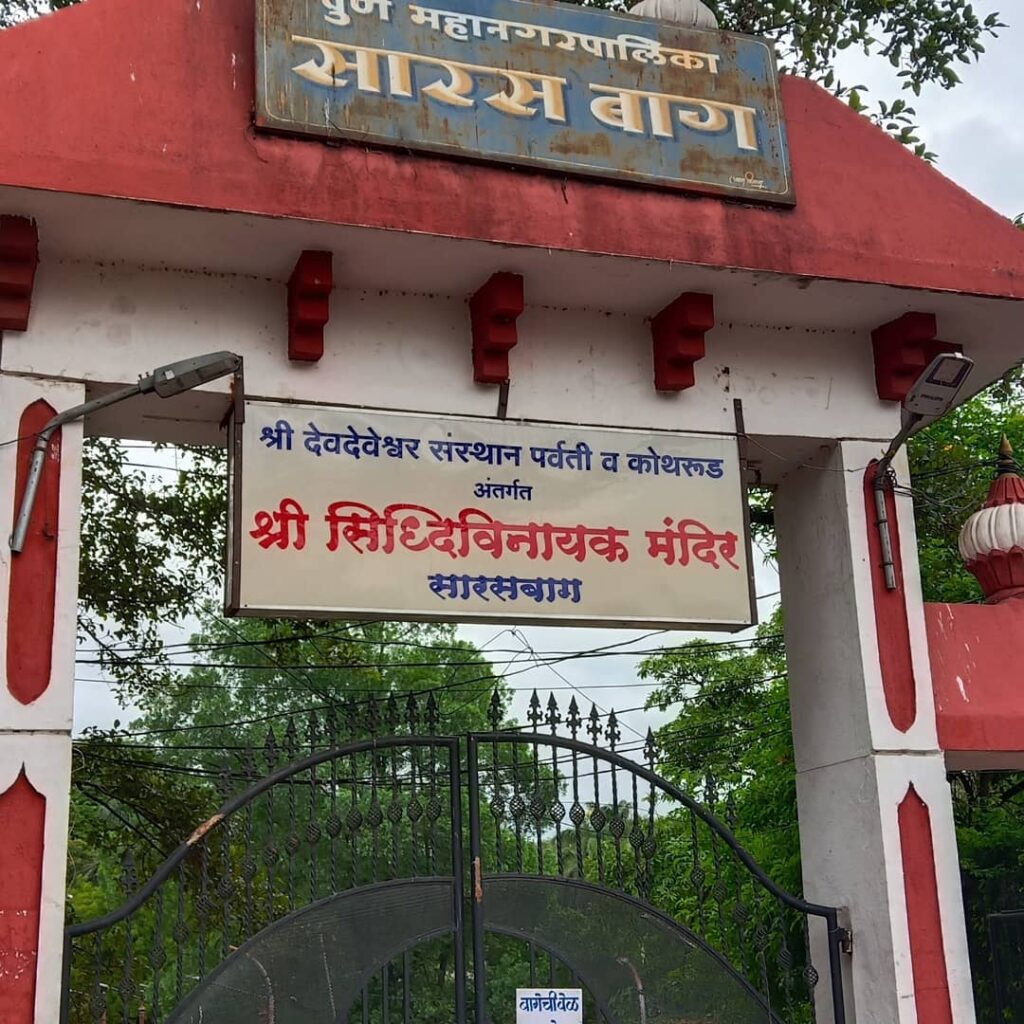
Shreemant Sawai Madhavrao Peshwa built a small temple on the island of the lake in the year 1784 and established the deity Shri Siddhivinayak Gajanan there. Naturally, Parvati, Saras Bagh and the lake became places for Punekars to visit and Devdarshan.
During the pre-independence period, around 1861, many places around the city were given to the Pune Municipality. At that time, except for the island of Ganpati Mandir, the land of the lake was transferred by the Mumbai government to the Pune Municipality. The garden was developed by the Pune Municipality in the year 1966.
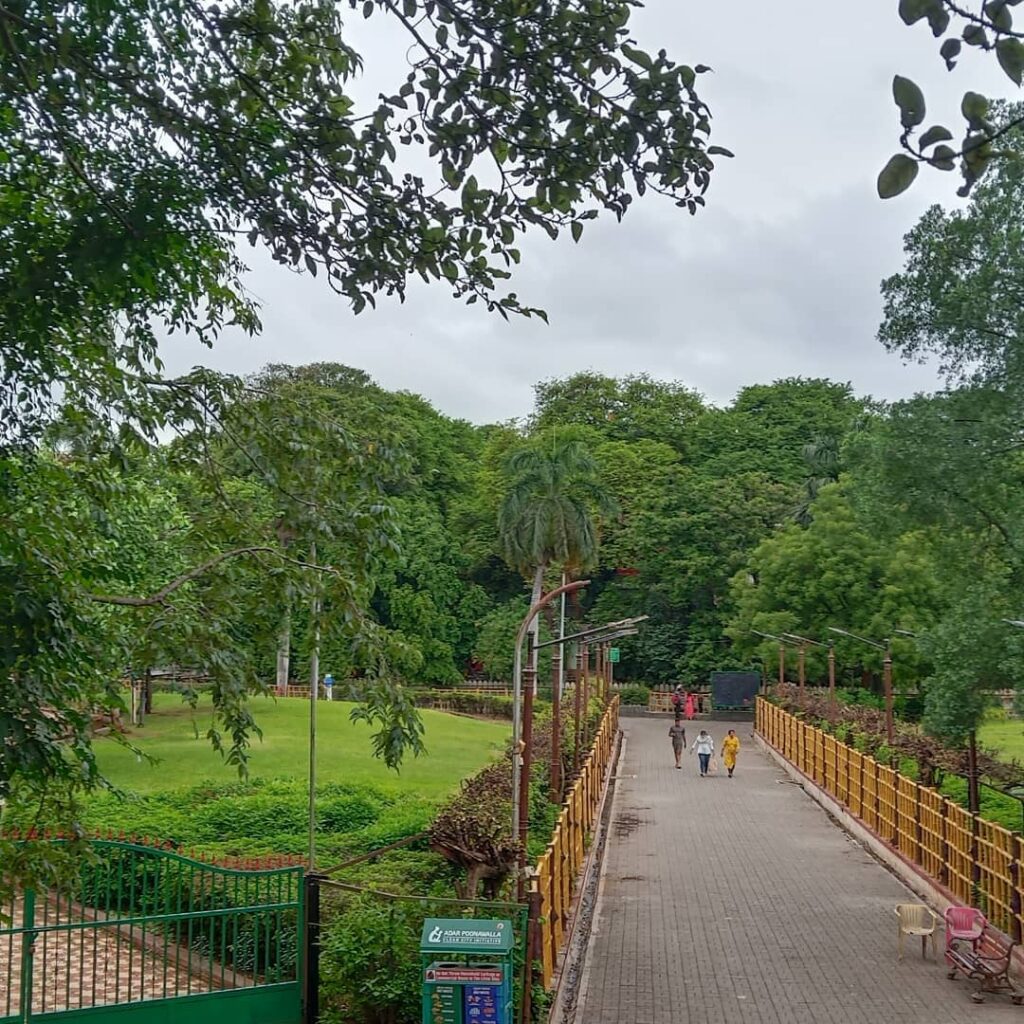
According to the initial design, the garden did not have space and in the center was a lake and a small temple. And the temple was called Thyatala Ganapati (तळ्यातला गणपती).
The idol of Shri Ganesh, the main presiding deity of the temple, is small, but very beautiful, divine and in white aura form. The original idol was made of Kurud stone. The initial statue has been replaced twice, once in 1882 and again in 1990. The present small idol of Shri Ganesh made of white marble has been prepared by Rajasthani artisans. Despite being a small idol, the temple has been designed in such a way that one can visit the Deity outside on foot, even if the distance of about 600 meters from a moving car or bus is on the road.
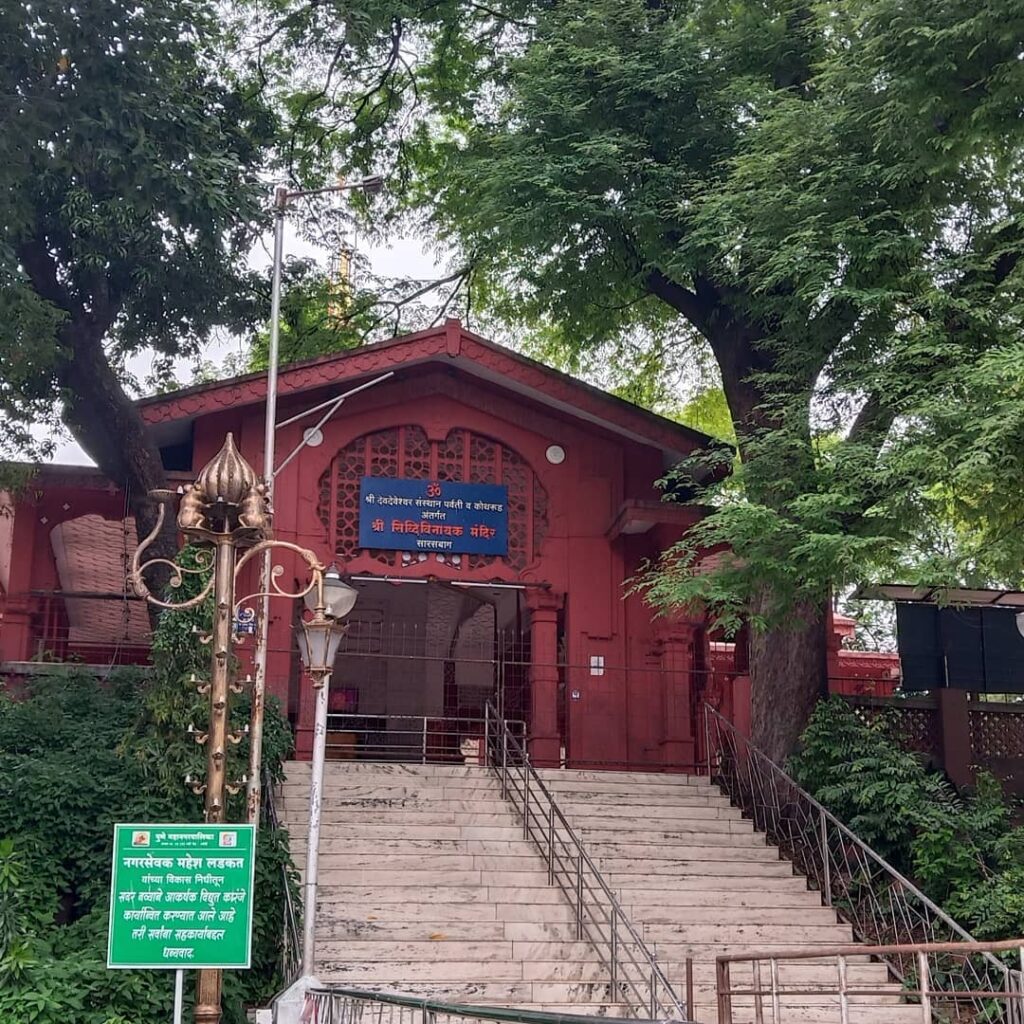
In the year 1995, a small museum has been built behind the temple complex, in which thousands of figures and forms of Lord Ganesha are kept. A nominal fee of Rs.5 has been kept for entry into the museum. The old lake has now been converted into a pucca pond around the temple. Water creatures like fishes, turtles and herons along with other creatures can be easily seen in the pond. Lotus flowers in the pond add to its beauty even more.
The Sarasbagh Ganpati Temple is run under the aegis of Sri Dev Deveshwar Sansthan, Parvati and Kothrud. This temple is a holy land for millions of devotees in Pune and across the world. On average, ten thousand devotees visit Ganpati every day in the Sarasbagh temple. This daily figure reaches eighty thousand devotees on the occasions of Ganesh Chaturthi and Sankashti Chaturthi. A fair is also organized in the temple premises on the auspicious day of Ganesh Chaturthi.

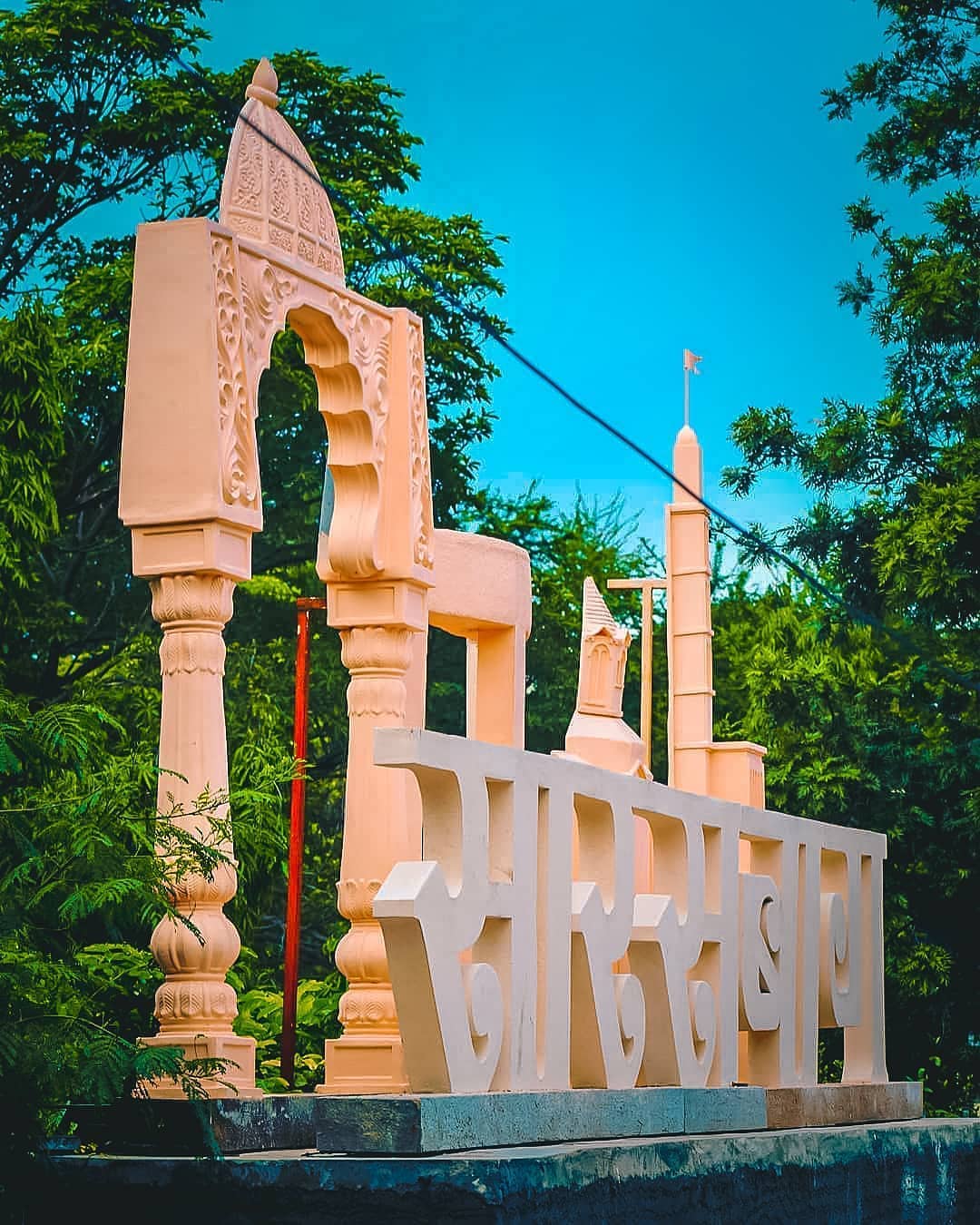
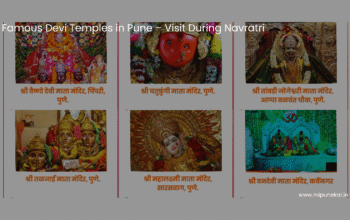
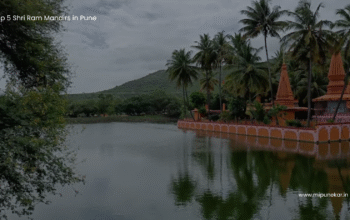
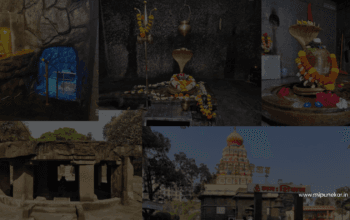




One thought on “Sarasbaug, Pune – History”